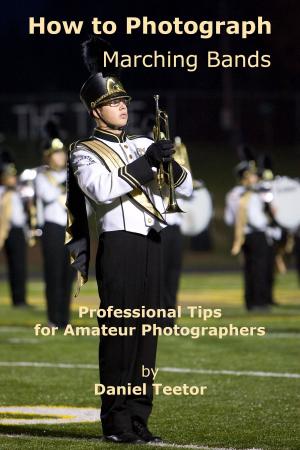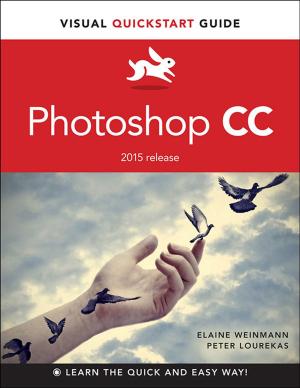Non-traditional Gently Curving Convergent Drone Flight Paths
Nonfiction, Science & Nature, Technology, Remote Sensing, Art & Architecture, Photography, Equipment & Techniques, Techniques| Author: | James W. Dow | ISBN: | 9780463250136 |
| Publisher: | James W. Dow | Publication: | May 6, 2018 |
| Imprint: | Smashwords Edition | Language: | English |
| Author: | James W. Dow |
| ISBN: | 9780463250136 |
| Publisher: | James W. Dow |
| Publication: | May 6, 2018 |
| Imprint: | Smashwords Edition |
| Language: | English |
A method and system is described for prescribing and constructing nontraditional camera placement trajectories (a series of specific waypoints) to more effectively capture digital image networks for the production of geometrically and geographically correct 3D point cloud models using Structure-from-Motion (SfM) techniques – the “work”. The constructed waypoints define gently curving trajectories which a) guide photographers in the placement of cameras and/or b) provide pathways for ground vehicles and/or flight lines for manned/unmanned aircraft carrying an adequate payload of vertical and/or oblique cameras of various types sufficient for the prescribed work. The unique, gently curving, convergent, non-linear, non-parallel, continuously changing shape of the camera trajectories produced using this disclosed method and system are necessary and sufficient to significantly contribute to the resolution of identified systematic errors previously experienced in SfM production of 3D topographic models (point clouds) using digital photographs captured using traditional straight, linear, parallel camera trajectories.
A method and system is described for prescribing and constructing nontraditional camera placement trajectories (a series of specific waypoints) to more effectively capture digital image networks for the production of geometrically and geographically correct 3D point cloud models using Structure-from-Motion (SfM) techniques – the “work”. The constructed waypoints define gently curving trajectories which a) guide photographers in the placement of cameras and/or b) provide pathways for ground vehicles and/or flight lines for manned/unmanned aircraft carrying an adequate payload of vertical and/or oblique cameras of various types sufficient for the prescribed work. The unique, gently curving, convergent, non-linear, non-parallel, continuously changing shape of the camera trajectories produced using this disclosed method and system are necessary and sufficient to significantly contribute to the resolution of identified systematic errors previously experienced in SfM production of 3D topographic models (point clouds) using digital photographs captured using traditional straight, linear, parallel camera trajectories.















